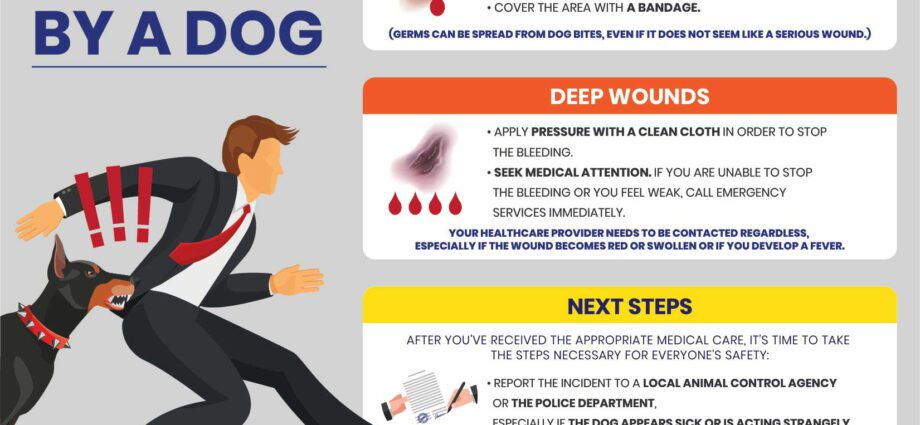It’s time for barbecue, forest walks and family outings. And along with them is a dangerous enemy – a tick! How to protect yourself, what not to do if bitten by a tick and where to painlessly remove a harmful insect – say the experts.
The warm season has begun, the time for the holidays and the long-awaited weekend, which means that each of us dreams of how to get out of the city as soon as possible. However, here we are in danger: how can we protect ourselves from ticks? After all, these parasites are carriers of infections such as tick-borne encephalitis and tick-borne borreliosis. Natalya Krasnova – Chief Specialist, Expert of the Epidemiological Surveillance Department of the Rospotrebnadzor Directorate for the Samara Region and Bulat Valeev – Chief Specialist of the Department for the Organization of Socially Significant and High-Tech Medical Aid of the Ministry of Health of the Samara Region will help us figure out how to protect ourselves from ticks and what means to take, if the parasite has bitten you.
Natalia Krasnova: “In the Samara region, 26 out of 35 municipal territories are endemic for tick-borne and viral encephalitis. These are forest-park zones and woodlands of Samara, Zhigulevsk, Togliatti, Syzran, Novokuibyshevsk, Pokhvistnevo, as well as areas: Syzransky, Borsky, Bogatovsky, Bolsheglushitsky, Bezenchuksky, Shantalinsky, Shigonsky and Pokhvistnevsky. Ticks tend to pick low bushes and tall grass. If you have to walk on a trail in the woods, then stay in the middle and try not to touch the branches of the trees. The standard tick season starts in May and lasts until June. And the second wave will start in August and end in September – early October. “
Bulat Valeev: “First of all, when going into dangerous territory, you should pay attention to your clothes. It should be as closed as possible, and the hair should be tucked under a kerchief or hood. It is advisable that your clothes are light colors, because it will be easier to notice dark mites on them. In addition, make sure that there are elastic bands on the sleeves and legs; put on your socks. It is noted that ticks usually crawl upward. Given this feature, now there are suits, inside of which there are special pockets, where the tick crawls and cannot get out again. I would like to draw your attention to the fact that a tick can be brought not only to those who have sucked on themselves, but also on bouquets of flowers, clothes and pets. There are even such cases that the tick lives at home for several days, and the bite sometimes occurs after a week. “
What to do if the tick still bites you, despite the safety measures? First, you need to see a healthcare professional as soon as possible. Do not try to remove the tick yourself! If it is not possible to go to the polyclinic at the place of attachment of the policy, then there is always a way out: this is any medical institution where there is a surgical office. There, an experienced surgeon will remove the tick and place it in a container that will be given to you along with a referral for examination. This is a very important point, since immunization cannot be carried out without the results of testing the tick for infection. It is undesirable to remove the tick yourself. This is a last resort and should only be taken if there is no healthcare professional nearby. In this case, you may be advised to remove the tick in the old fashioned way with a thread. If it has not yet sucked in enough, you can lubricate it with oil. After all, as you know, there is an airway on the back of the tick’s body, and the tick will begin to suffocate as soon as the oil gets into it. But, of course, it is better not to resort to this method, because such a tick may not be accepted in the laboratory for analysis. Please note that you should not pull out the tick with your bare hands, but wrapping your fingers with clean gauze or other cloth. But if it is not nearby, then after removing the tick, hands should be thoroughly washed with soap, and the bite site should be disinfected with iodine.
The laboratory that is engaged in these studies is the FBUZ “Center for Hygiene and Epidemiology in the Samara Region”, the study here takes a day. The very next day, the results can be reported to you by phone. Later, with the results, you should contact the clinic at the place of attachment of the policy or the traumatology office. As already noted, help for those bitten by ticks is provided free of charge. Note, however, that a referral is required to test a tick for infection free of charge. Without it, the price of the analysis is as follows: 544 rubles – a test for tick-borne encephalitis and 586 rubles for borreliosis. The total is 1130 rubles.
The address of the laboratory of the FBUZ “Center for Hygiene and Epidemiology in the Samara Region”: st. Mitireva, 1, tel. 260-38-21. Acceptance of ticks is carried out on the 1st floor in room 107. The laboratory works every day, seven days a week and on holidays, from 9:00 to 16:42.










